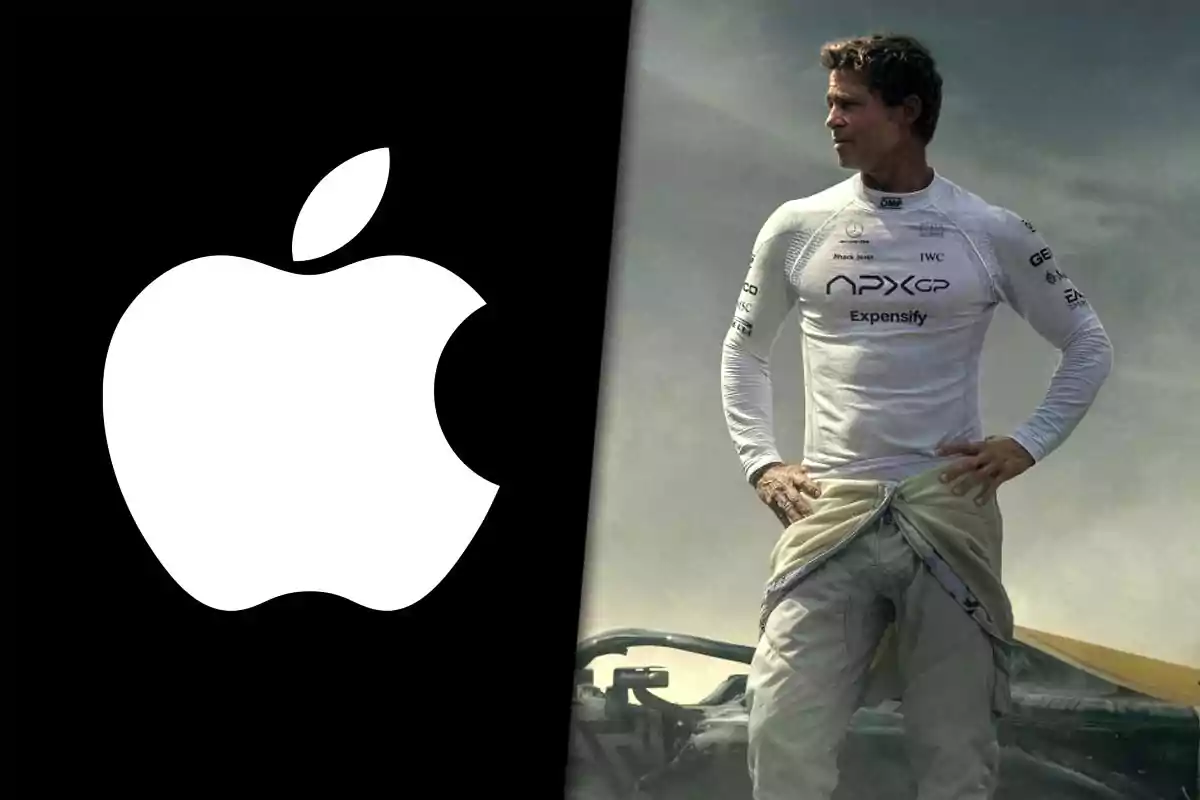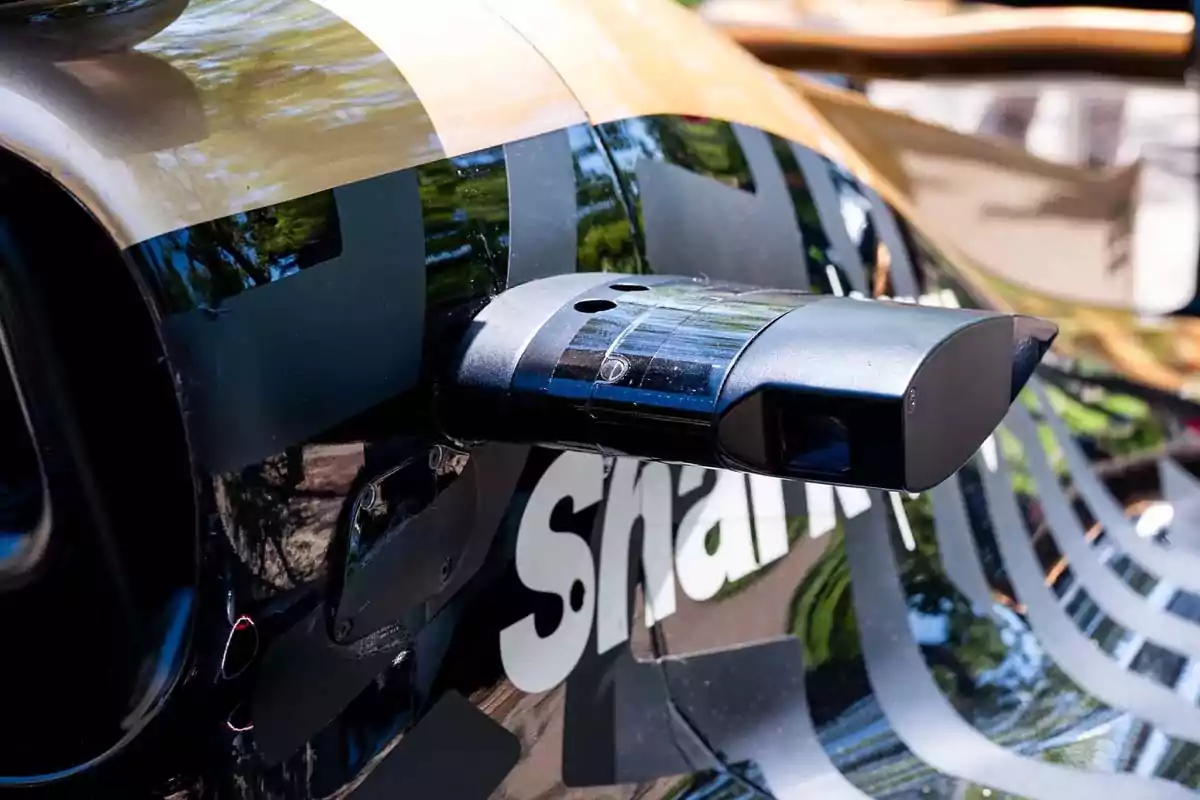
Apple designed a camera to film at full speed in the movie 'F1' with Brad Pitt.
To record real scenes in F1, Apple created a special module with iPhone 15 Pro technology
You can't mount a movie camera on a Formula 1 car. These are vehicles designed to the millimeter, and simply sticking a GoPro on isn't enough.
For the most realistic scenes in the new movie F1, Apple developed a module with parts from the iPhone that managed to get onto the actual track.

Why Apple had to make its own camera for F1
Joseph Kosinski and Claudio Miranda, the film's director and director of photography, wanted to capture real images from the driver's point of view. But the cameras already installed in the cars don't meet cinematic standards.
The broadcast cameras capture in low resolution, with limited encoders and settings designed for TV, not for film. Converting that material wasn't viable.
The hidden module: iPhone on the inside, F1 camera on the outside
Apple replaced the standard F1 cameras with its own module, designed to look like the originals on the outside, but with iPhone technology inside.

According to what was shown during WWDC, it featured an iPhone camera sensor, a series A chip, battery, and even an ND filter to control the light.
Which iPhone was used in the F1 cars?
Apple didn't confirm the exact model. Everything suggests that they used the 48 MP sensor and the A17 Pro chip from the iPhone 15 Pro.

Extreme resistance and custom firmware
The camera was tested against vibrations, heat, and impacts. It even exceeded Formula 1's technical requirements.
It ran on iOS, but had special firmware to record in log format and ProRes codec. This allows for more precise color grading.
How the camera was controlled during filming
Without radios, the only way to operate it was with an app on iPad, connected via USB-C. From there, everything could be adjusted: frame rate, exposure, white balance, and more.

The directors could start or stop recording with a single tap. This way, they achieved real-time action scenes without compromising aesthetics.
More posts: